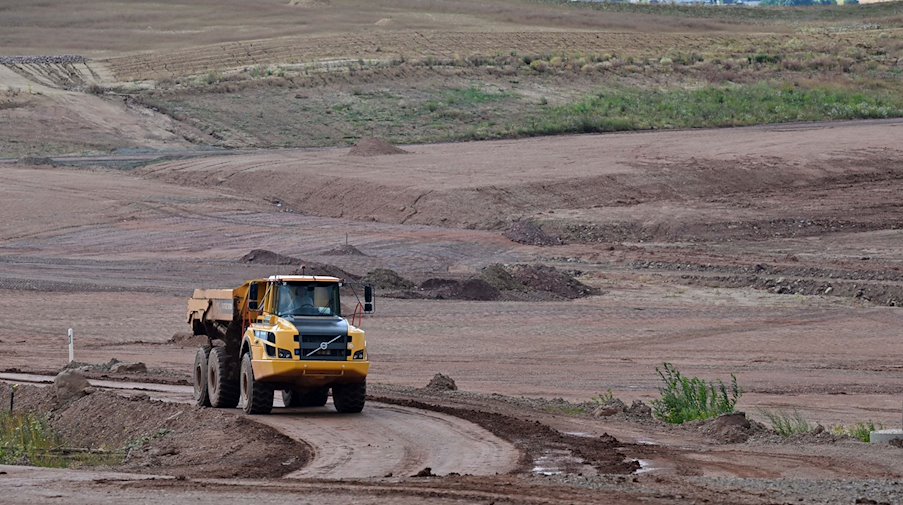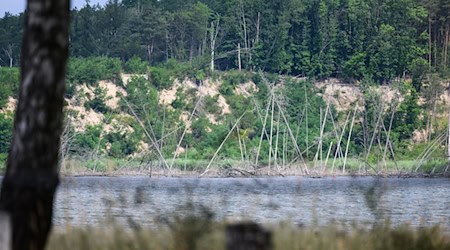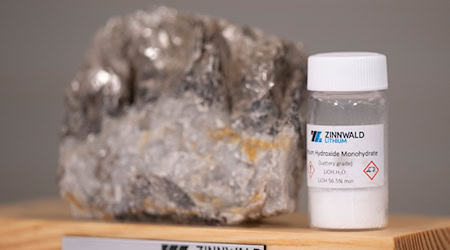The federally owned Wismut has completed the remediation of one of the largest uranium mining contaminated sites in Saxony. The mining rehabilitation company announced on Friday that around 300 million euros had been invested over the past 30 years in the preservation of the Helmsdorf industrial tailings management facility on the outskirts of Zwickau. The plant was used to process uranium ore during the GDR era.
The remediation was one of the most challenging remediation tasks in technical, ecological and financial terms, it said. "There was no national or international experience in the remediation of tailings management facilities of this size."
50 million cubic meters of radioactive residues
It began with immediate hazard prevention after the end of uranium mining in Saxony and Thuringia in 1990, when 50 million cubic meters of radioactive residues, so-called tailings, were stored on an area of around 200 hectares. The edges were initially covered to prevent radioactive dust from being spread by the wind. Then the 15-meter-high water level was pumped out and the sludge drained so that the whole thing could be covered with different layers. Much of the material came from a tailings pile in neighboring Crossen. Around 3.25 million cubic meters were transported from there to Helmsdorf over a period of around 20 years using a special conveyor system.
The surface is now designed in such a way that water can drain away naturally and as little of it as possible penetrates the ground, according to Wismut. However, leachate will have to be collected and cleaned for many years to come. In addition, more than 140 measuring stations will continue to be operated on the site to monitor the condition in the future.
Copyright 2023, dpa (www.dpa.de). All rights reserved










